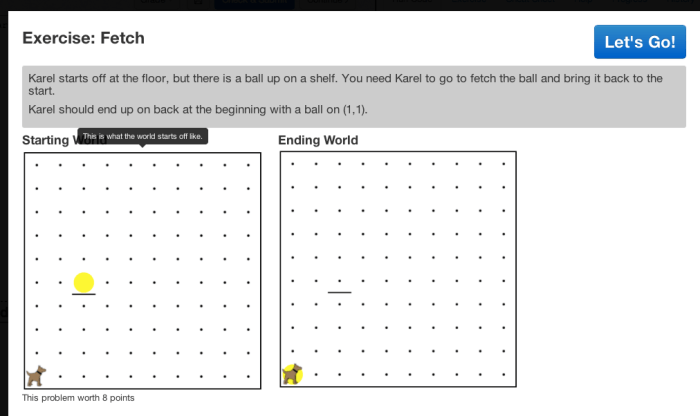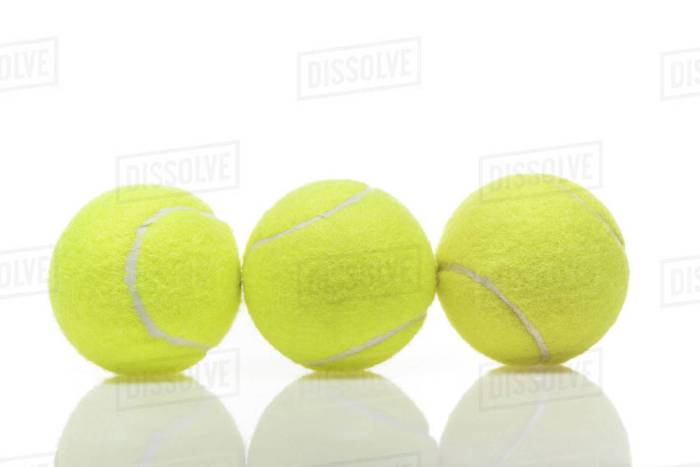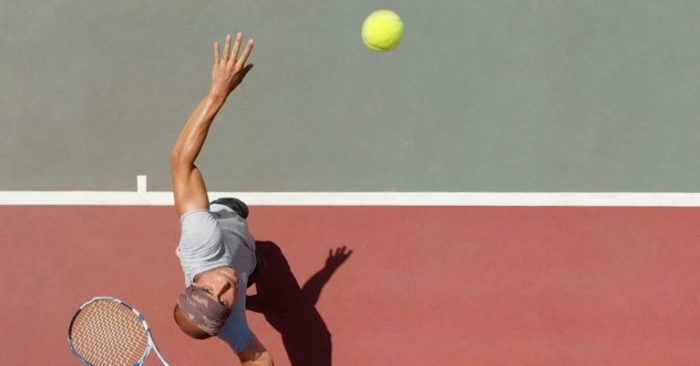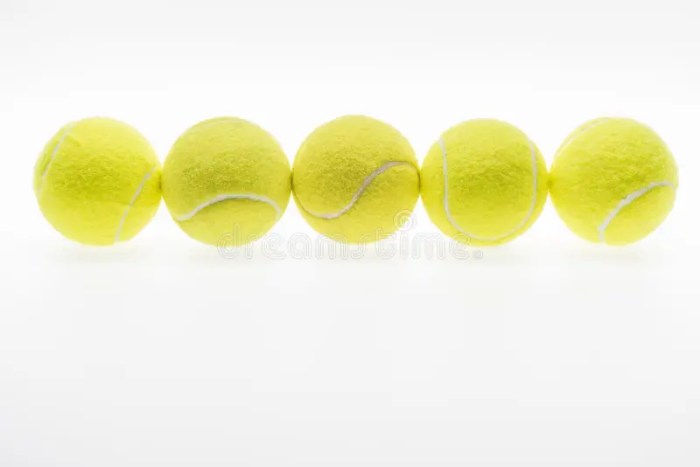In the realm of tennis, the lay row of tennis balls CodeHS emerges as a captivating topic, beckoning us to delve into the art of arranging these vibrant spheres with precision and purpose. Embark on this journey as we unravel the intricacies of laying tennis balls, from their fundamental properties to advanced techniques that will elevate your game to new heights.
From the basics of tennis ball construction to the intricacies of CodeHS programming, this comprehensive guide will equip you with the knowledge and skills to master the lay row of tennis balls. Prepare to be enthralled as we explore the science behind ball pressurization, discover innovative patterns and formations, and witness the power of coding in bringing these arrangements to life.
Tennis Ball Basics: Lay Row Of Tennis Balls Codehs

Tennis balls are essential equipment for playing tennis, a popular racquet sport. They are designed to bounce predictably and travel at controlled speeds, making them suitable for competitive play.
Materials and Construction
Tennis balls are typically made of rubber or a rubber-like material. They are covered with a woven or felted fabric, which gives them their characteristic appearance and provides grip for players.
Dimensions and Pressurization
Tennis balls have a diameter of approximately 6.5 centimeters (2.56 inches). They are pressurized to between 12 and 14 pounds per square inch (psi). This pressurization affects the ball’s bounce and flight characteristics.
Lay Row of Tennis Balls

Laying a row of tennis balls is a simple but effective way to improve your tennis game. It can help you develop better control, accuracy, and power. Here are some tips on how to lay a row of tennis balls:
1. Choose a flat, level surface. 2. Place the first tennis ball at the starting point. 3. Space the remaining tennis balls evenly apart, about 6 inches (15 cm) between each ball. 4. Make sure the balls are aligned in a straight line.
Benefits of Laying a Row of Tennis Balls
There are many benefits to laying a row of tennis balls. Here are a few:
- Improves control: Hitting a row of tennis balls forces you to focus on making solid contact with the ball. This can help you develop better control over your shots.
- Increases accuracy: Laying a row of tennis balls can help you improve your accuracy by giving you a target to aim for. This can help you hit the ball where you want it to go.
- Generates power: Hitting a row of tennis balls can help you generate more power in your shots. This is because you are forced to swing through the ball with more speed and force.
Different Patterns and Formations
There are many different patterns and formations that you can use when laying a row of tennis balls. Here are a few examples:
- Straight line: This is the most basic pattern. Simply place the tennis balls in a straight line, evenly spaced apart.
- Zigzag: This pattern is a bit more challenging than a straight line. Place the tennis balls in a zigzag pattern, alternating the direction of each ball.
- Circle: This pattern is great for practicing your groundstrokes. Place the tennis balls in a circle, evenly spaced apart.
CodeHS Tennis Ball Laying

The CodeHS Tennis Ball Laying program is a simple yet engaging exercise in programming logic and algorithms. It simulates the process of laying out a row of tennis balls, exploring fundamental programming concepts like loops, variables, and conditional statements.
Lay row of tennis balls codehs can be a bit tricky to master, but with a little practice, you’ll be able to do it like a pro. If you’re looking for some help with your math homework, be sure to check out mcgraw hill math book answers . This website has a wealth of resources that can help you understand any math concept, including lay row of tennis balls codehs.
Code Logic and Algorithms
The program begins by prompting the user to input the number of tennis balls they want to lay out. Based on this input, it creates a variable to store the current position of the tennis ball and initializes it to 0. Then, it enters a loop that continues until the current position reaches the desired number of tennis balls.
Within the loop, the program first checks if the current position is even. If it is, it prints an “O” to represent a tennis ball laid out in the row. If the current position is odd, it prints a space to represent the gap between tennis balls.
After printing the appropriate character, the program increments the current position by 1 to move to the next position in the row.
Output, Lay row of tennis balls codehs
The output of the program varies depending on the number of tennis balls the user inputs. For example:
- Input: 5 Output: O O O O O
- Input: 7 Output: O O O O O O O
- Input: 10 Output: O O O O O O O O O O
Tennis Ball Row Variations

Laying a row of tennis balls can be customized to meet specific training needs. Variations include spacing, patterns, and even incorporating other objects. This table compares common variations, their advantages, and disadvantages.
Spacing Variations
| Spacing | Advantages | Disadvantages |
|---|---|---|
| Closely Spaced |
|
|
| Widely Spaced |
|
|
Advanced Laying Techniques
To enhance the aesthetics and functionality of a row of tennis balls, advanced laying techniques can be employed. These techniques enable the creation of curved or angled rows, adding visual interest and improving ball retrieval efficiency.
One advanced technique involves using a curved template or guide. By placing the template along the desired path, the balls can be laid in a smooth, curved line. This technique is particularly useful for creating semi-circular or U-shaped rows.
Angled Rows
To create angled rows, a protractor or angle finder can be used. By measuring the desired angle and aligning the template accordingly, the balls can be laid in a straight line at a specific angle. This technique is ideal for creating rows that follow the contours of a court or obstacle.
Specialized Equipment
In addition to templates and angle finders, specialized equipment can assist in laying rows of tennis balls. Ball laying machines can automate the process, ensuring consistent spacing and alignment. These machines are often used for large-scale installations, such as at tennis tournaments or training facilities.
Detailed FAQs
What is the purpose of laying a row of tennis balls?
Laying a row of tennis balls serves multiple purposes, including creating visual markers for drills, practicing target accuracy, and improving footwork and coordination.
How does pressurization affect tennis ball performance?
Pressurization plays a crucial role in determining the bounce, speed, and spin of a tennis ball. Higher pressure balls bounce higher and travel faster, while lower pressure balls provide more control and spin.
Can I use CodeHS to create custom lay rows of tennis balls?
Yes, CodeHS provides a powerful platform for creating custom lay rows of tennis balls. By utilizing programming logic and algorithms, you can design and generate rows with specific patterns and formations.